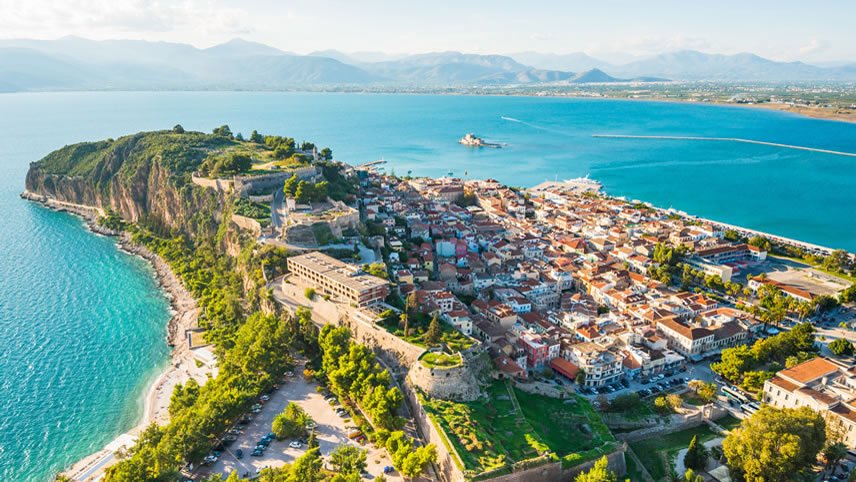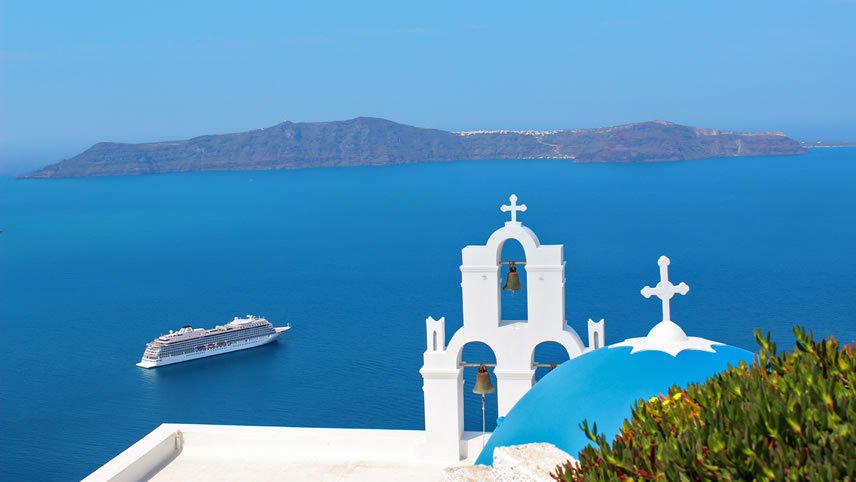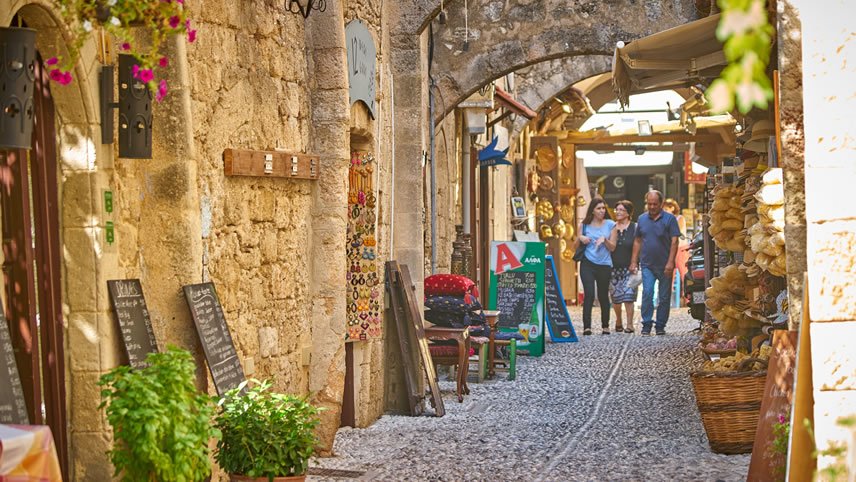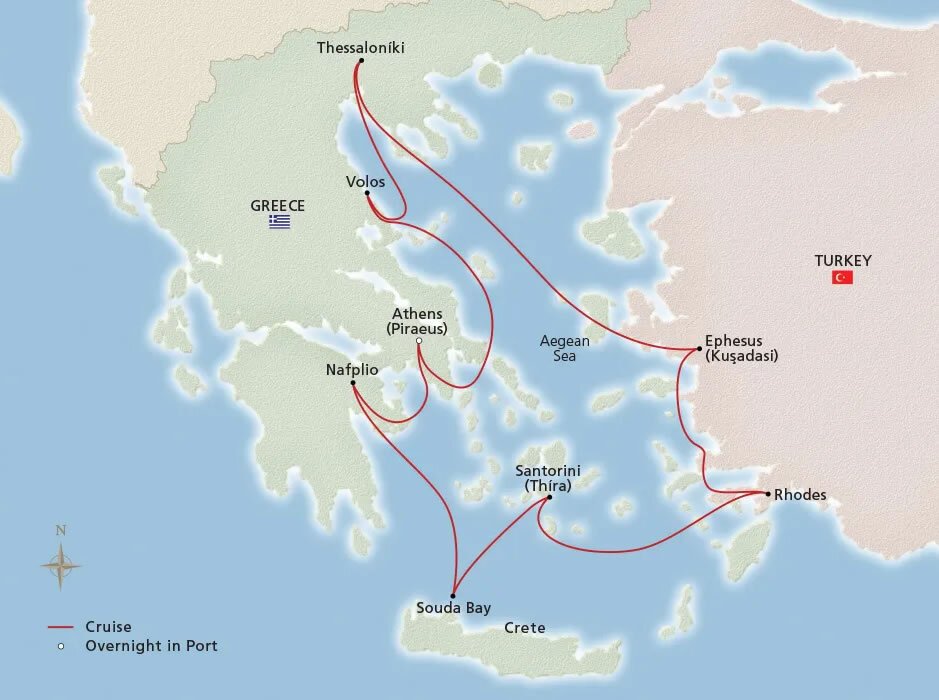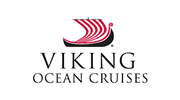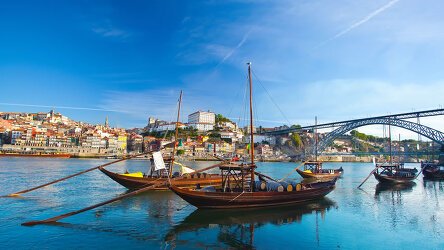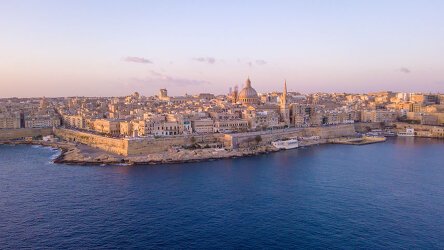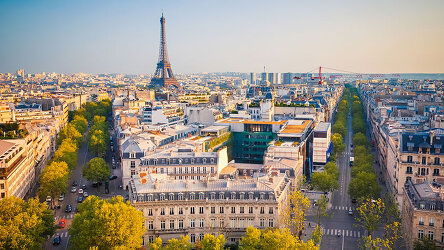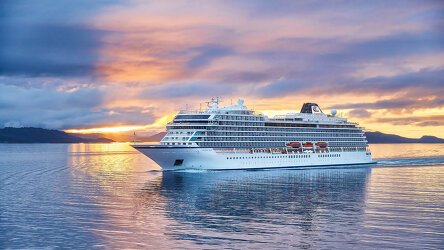Overview
Itinerary
Embark your ship and settle into your stateroom. Athens has been called the “birthplace of democracy.” Its legacy looms large from atop Acropolis Hill, the pinnacle of ancient Greece. This open air museum is an astonishing repository of once-mighty structures. From its colonnaded Parthenon—more than 2,600 years ago—revered Greek philosophers like Plato and Aristotle formulated new ideas of government and debated its role in civic life to captivated audiences. Remnants of spiritual life are also here in the several temples to Athena and Zeus.
For a more intimate experience of Athens, the charming Plaka District invites guests with its labyrinth of cobblestone lanes. Neoclassical architecture lines the narrow streets of the “Neighborhood of the Gods,” so named for its location. Browsing its shops or simply perusing its nooks and crannies are pastimes favored by visitors and locals alike. This historic area is the ideal setting in which to enjoy traditional small plates of mezes and a sip of ouzo.
Volos was built in a region once occupied by ancient Greek cities—including Iolcos, home of the fabled Jason, seeker of the Golden Fleece. It is the gateway to Meteora, where spectacular monasteries perch upon towering pinnacles of rock. Hermit monks lived in caves at the bases of these pillars as early as the 9th century. As the Ottomans encroached, the monks looked heavenward to build these fortress-like sanctuaries as safe havens. Today, some are accessible by stairway, footpath or road.
Thessaloníki is the capital of Greek Macedonia. This splendid metropolis on the Thermaic Gulf was founded around 315 BC by King Cassander of Macedon, who named it for his wife, a half sister of Alexander the Great. Centuries later, it rivaled Constantinople in its importance as an administrative and power center of the Byzantine Empire. During the Middle Ages, impressive buildings were built here as monuments to Christianity. Today, 15 of them are UNESCO World Heritage Sites, including the imposing city walls and the 8th-century Church of Hagia Sophia.
Mt. Athos is a finger-like peninsula pointing into the Aegean Sea. Its namesake summit rises to 6,670 feet from steep slopes dense with forests. This rugged coast may appear uninhabitable, but nestled among its soaring peaks are 20 Orthodox Christian monasteries. Monks from throughout the Balkans and Russia have lived austere lives here since as early as 800 AD. So sacred is this land that the monastic residents forbid the free movement of people and goods without permission from the Monastic State's officials.
One of antiquity's best-preserved cities, Ephesus offers an unparalleled look into the lives of the ancients. Many of its ruins have endured from the time Ephesus was one of the largest metropolises of the ancient world. Excavations reach back to the 10th century BC, when this city hosted one of the Seven Wonders of the Ancient World—the Temple of Artemis. Today, Ephesus is still full of wonders: the towering facade of the Library of Celsus, the massive amphitheater that once sat 25,000 spectators and residences adorned with frescoes.
Rhodes is home to the Palace of the Grand Masters, a remarkable and sprawling fortification. Its historic quarter is Europe's largest active medieval town. Outside the city, forests of pine and cypress blanket mountain slopes; vineyards and groves of citrus and olive soak up the Aegean sun. The Knights of Saint John of Jerusalem conquered the island in the 14th century, bringing great wealth from the Holy Land. Under their rule, the city was reconstructed to mirror the medieval ideal. Many of the buildings from this era remain and make for rewarding strolls.
Santorini is one of the most visually arresting islands in the Aegean. Its whitewashed capital of Thíra perches on a cliff 1,300 feet above the sea, offering spectacular views of this magnificent city and surrounding turquoise waters. Thíra's winding streets are a delight to explore and its charming cafés invite lingering respites in the Cyclades sun. Not to be upstaged, the island and its surrounding islets also offer opportunities to experience fully the natural volcanic splendor, from thermal spring soaks to caldera hikes.
Souda Bay enjoys a picturesque setting between Crete's Akrotiri Peninsula and Cape Drapano. Historic fortifications, vestiges from the island's days under the Venetian Empire, greet ships at the mouth of the long bay, one of the deepest natural harbors in the Mediterranean. Beyond, the island of Crete is blessed with generous beaches, soaring mountains and coursing rivers. It is also where the distinct mantinades—couplets of love accompanied by Cretan instruments—could break out at any number of cafés where patrons sip tsikoudia, a grape-based brandy distilled in the hills.
Nafplio is a remarkably preserved coastal gem on the Peloponnese peninsula. Its richly historic neighborhoods are tucked between breathtaking mountains and the Bay of Argos, which is home to the diminutive 15th-century Bourtzi island fortress. Nearby on a hillside stands the magnificent ancient site of Mycenae. From this rock-carved city, the Mycenaean civilization held sway over much of the Mediterranean between approximately 1500 and 1100 BC, and was most notable for being the home of the mythological conqueror of Troy, King Agamemnon.
The capital of Greece, Athens is one of the world's oldest cities. Continuously inhabited since at least 3,000 BC, the city has experienced many different periods of independence and occupation, including rule by the Romans, Crusaders and the Ottoman Empire.
Following the Greek War of Independence, Athens was made capital of the new state of Greece in 1834. Today, ancient monuments from the city's time as the cradle of early Western civilization still stand, protected amid the frenetic pace of modern life in this cosmopolitan metropolis. After breakfast, disembark your ship and journey home.
Life Onboard Viking Jupiter
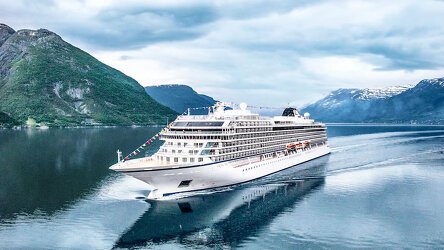
Launched in 2019, the Viking Jupiter is Vikings' newest all-veranda ship, part of a fleet of award winning, state of the art ships incorporating all the comforts & luxuries you would expect from Viking. Read more

Viking are destination experts. With no casinos or children on board, you can be assured that the focus is firmly on enrichment and education. Read more
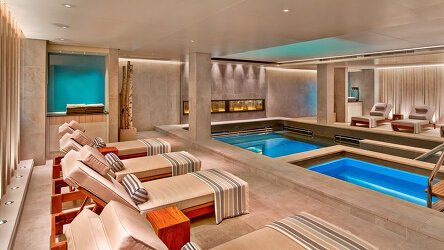
After a day of exploration or just to enhance the relaxation of a day at sea, the on-board Spa will leave you feeling recharged and revitalized. Read more

Viking offer eight on board dining options. Beer, wine and soft drinks are available with lunch and dinner at no additional charge of fee. Read more
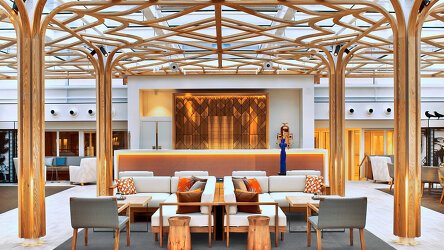
Viking proudly includes all that you need and nothing you do not. A variety of features and services valued at $200 per person per day are standard inclusions in your cruise. Read more

Viking include one complimentary shore excursion in every port of call. Enjoy exclusive entry to cultural treasures and seldom-seen collections around the world. Read more

Trip Reviews (5) Most Recent 'Greek Odyssey' Reviews
The great thing is that there are self serve laundry facilities which meant we could leave the ship with clean clothes for the next part of our 10 week journey through Europe. The service onboard was wonderful and the staff couldn’t do enough for us and always with a smile. In fact, the day of disembarkation, our transfer wasn’t until 1pm so we were invited to stay onboard in the public areas and even given lunch whilst the next group of passengers were embarking. The only negative, although no one’s fault, was the weather. It was so hot!! Europe was having a heatwave this year. So in future we would probably not leave home as early as we did (end of August). Maybe 3 weeks later would have been ideal. Many thanks to Georgie for organising our cruises (we also did Viking’s France’s Finest river cruise). She was always available for any queries we had and always prompt with the replies. 😃
Dining ...read more options were varied and all very good. Most notably, the tasting menus at The Chef’s Table, which we booked three times, were absolutely exquisite. All the included extras (shore excursions, drinks and wifi) as well as the “no casino, no kids” policy made a positive difference.
The “Viking Sea” is only 2 years old and is decorated in sleek and simple Scandinavian style, featuring beautiful Scandinavian artworks. The ship is spotlessly clean, and one of the highlights was the exceptional quality of all the onboard staff, who were friendly, helpful, engaging, and always happy to have a chat. Viking must have an impressive staff training program.
Our itinerary for the 11 day cruise was a busy one and the included shore excursions were all excellent and very well organised. We visited 9 different islands, with different history, scenery and cultures, shown to us by excellent local guides, and all were both beautiful and fascinating.
The days when we did additional optional excursions were very busy, but we especially loved the French Cooking Class with a local chef in Saint Martin. We were sad to see the lingering devastation of cyclones going back a number of years on all the islands. I would recommend this cruise to others and I am sure that we will travel with Viking again in future.
Brochure
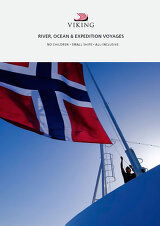
Viking River, Ocean & Expedition Voyages (2025-27)
Availability
 USD
Port charges, taxes and fees included.
USD
Port charges, taxes and fees included.
Viking Cruise $25 Deposits!
Tour & cruises prices are per person. Prices shown have savings applied, are subject to availability and may be withdrawn at any time without notice. Pricing and trip details are correct at this point in time, however are subject to confirmation at the time of booking and are subject to change by Viking. For cruise itineraries, cabin images are sourced from Viking. These should be treated as indicative only. Cabin inclusions, upholsteries and room layout may differ to the image(s) shown depending on the ship selected and your sailing dates.
